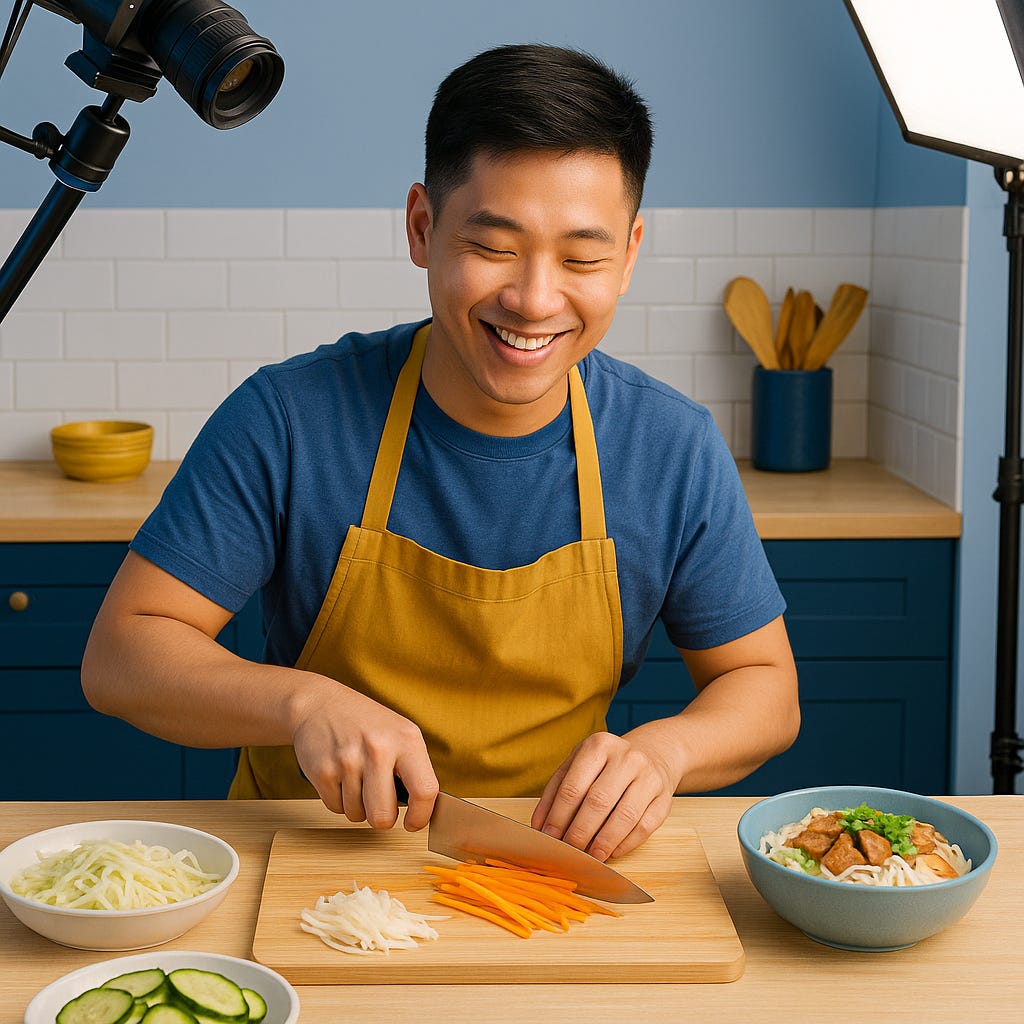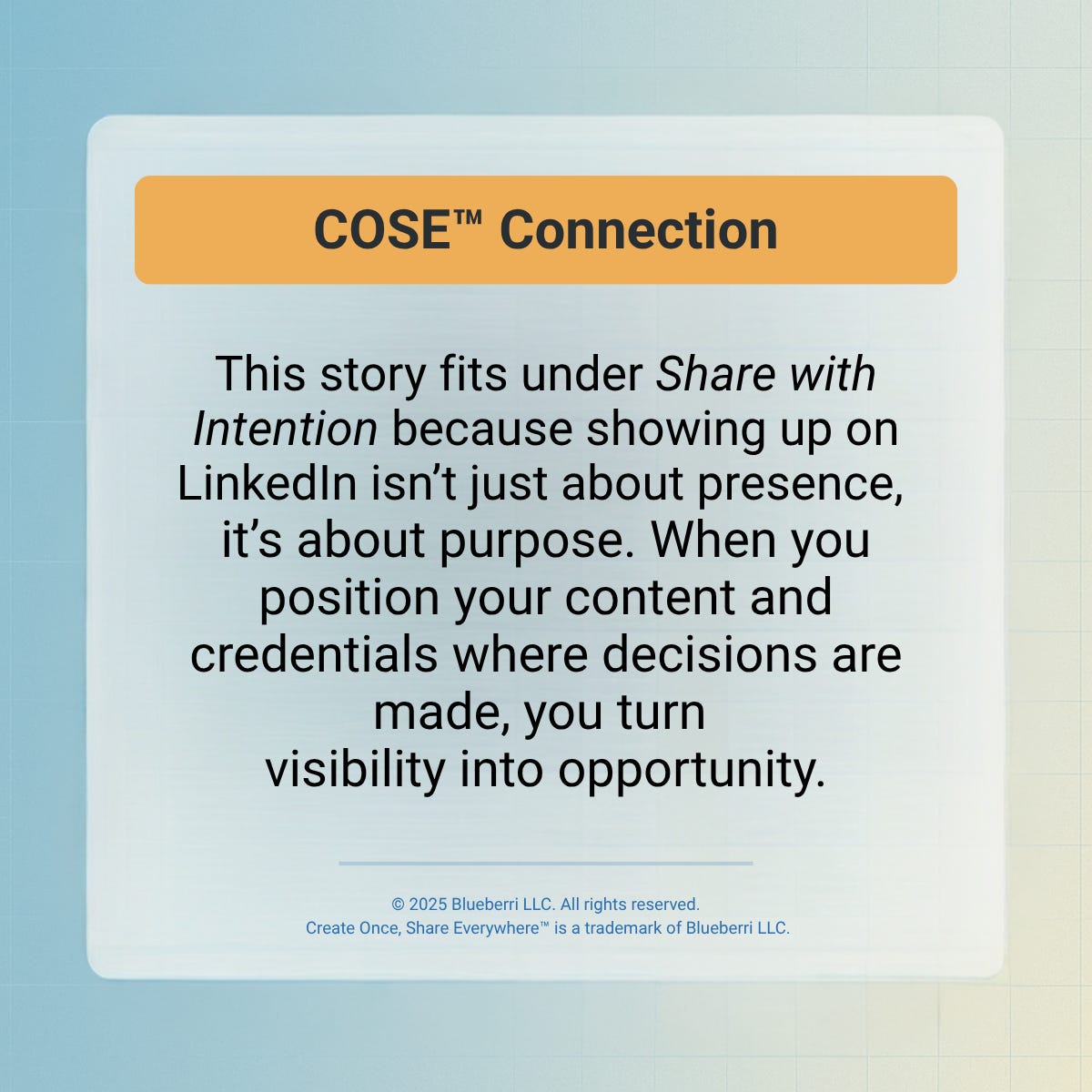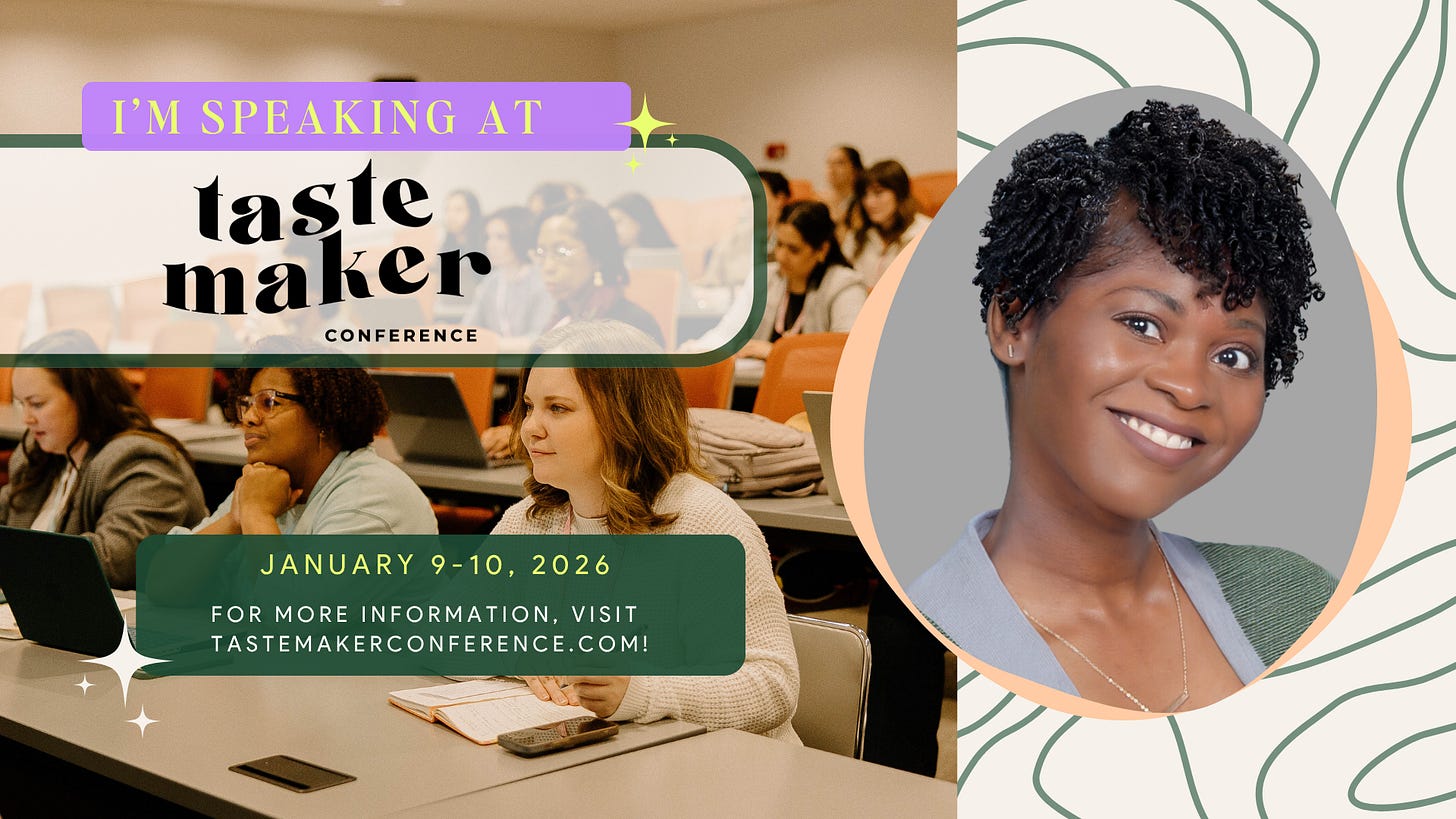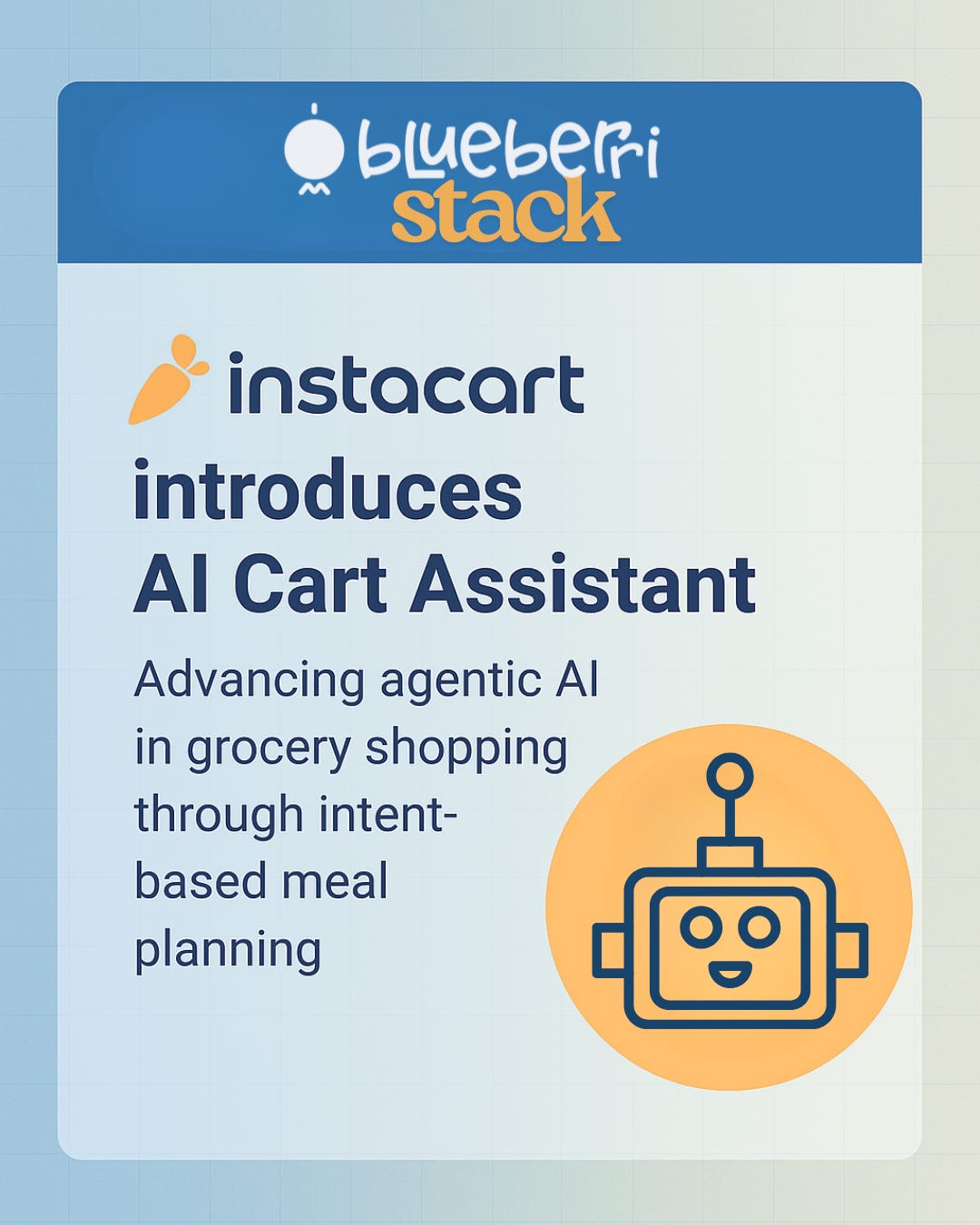Creators belong on LinkedIn
Why optimizing your professional presence could be your smartest business move yet.
If you’re a business owner, freelancer, or have a professional career of any kind,
you need to be on LinkedIn.
I know. It’s not as fun as Instagram. It’s not where you post your brunch shots or your new cookware drop. But LinkedIn isn’t about performative polish, it’s about positioning. It’s where decisions are made, partnerships begin, and opportunities quietly unfold in the comments section.
For creators, it’s not just another platform, it’s the only one built for visibility with intention. You don’t need to “go viral” there. You just need to show up clearly, consistently, and strategically.
And the thing I’ll keep saying (forever, probably):
Your LinkedIn profile isn’t a résumé. It’s your business card.
It’s how you translate who you are into how people can work with you.
That’s why this week’s story is about Minh, a food creator who realized his next collaboration wasn’t going to come from another Reel or hashtag. It was going to come from structure.
Minh finally hit “Create Profile.”
When Minh opened LinkedIn for the first time, he wasn’t looking for a job, he was looking for a seat at the table.
After years of posting recipe videos and brand collabs on Instagram, Minh realized that most of the decision-makers behind the partnerships he wanted weren’t scrolling Reels at midnight. They were on LinkedIn at 10 a.m., reading about how AI is reshaping food content.
So Minh treated his profile like a homepage.
He swapped the selfie banner for a clean kitchen-studio photo.
He rewrote the headline:
“Recipe developer | Food-tech collaborator | Helping brands connect flavor and function.”
In his About section, he stopped telling a story about himself and started writing for the people he wanted to meet. He followed food-tech startups, ingredient brands, and sustainability initiatives he genuinely admired. Within a week, his comments started sparking DMs, and one of those turned into a product-testing partnership.
That’s the shift: Minh stopped acting like “just a creator” and started operating like a business.
And the tool that made it possible wasn’t a new app, it was structure.
Why you should care
Your LinkedIn profile isn’t a résumé; it’s a living system that defines how others find and understand you.
Every section—headline, experience, featured posts—is metadata that helps platforms and people connect the dots.
COSE™ principle: Create once, share everywhere.
When your professional story is clear and consistent, platforms like LinkedIn, YouTube, and even Google can surface you for opportunities you didn’t know existed.
If you’ve ever wondered how to “get found” for the partnerships, panels, or projects that match your expertise—start here:
Rewrite your headline to reflect the problems you solve.
Optimize your About section with searchable keywords (think: “recipe strategist,” “content operations consultant,” “food-tech partner”, “your niche” consultant, “brand ambassador”).
Share weekly insights that teach what you know. Even one thoughtful post a week can position you as a peer, not a pitch.
From the kitchen to the conference
I’ll be speaking in person at Tastemaker Conference 2026 in Los Angeles!
My session, The Hidden Engine of Recipe Content: How Technology, Structure, and Systems Shape What the World Cooks, dives into how creators like you can turn chaos into scalable systems. If you’re attending, come say hi, and maybe wear something yellow. 💛
Use my affiliate code 𝗕𝗟𝗨𝗘𝗕𝗘𝗥𝗥𝗜𝟱𝟬 for $50 off your ticket: https://lnkd.in/gkkyqVUj
The Blueberri Stack
Instacart launches “AI Cart Assistant” — more agentic AI in grocery
Instacart’s new AI Cart Assistant is the company’s latest move into agentic AI — this time under the name Instavary. The tool goes beyond static recommendations, letting users describe what they’re craving or planning (“I want to make something cozy for two tonight”) and then dynamically builds meal ideas and shopping lists based on that input.
It’s not just conversational search, it’s intent-based commerce. The AI interprets the shopper’s goal, pulls recipe data, and assembles product matches across retailers in real time.
So what?
Platforms like Instacart are no longer just optimizing for products, they’re optimizing for purpose. For creators, this is a signal: recipe data that’s structured, rich in context, and mapped to ingredients or dietary metadata is what powers these new AI-driven shopping flows.
If your content can help an algorithm understand what to cook, why, and for whom, it’s going to surface.
If it can’t, it won’t.
Let’s talk
How’s your LinkedIn looking these days?
Reply or leave a comment here and tell me one change you made (or need to make) to treat your creator brand like a business.
Whether it’s LinkedIn or Instacart, structure is what connects intention to opportunity. The platforms may differ, but the principle stays the same: when you make your content understandable to both people and systems, it keeps working long after you’ve stepped away from the keyboard.
So wherever you’re showing up this week—on LinkedIn, in your inbox, or behind a camera—show up with purpose. That’s how you build something that lasts.
Your friend in food,
Sandie







